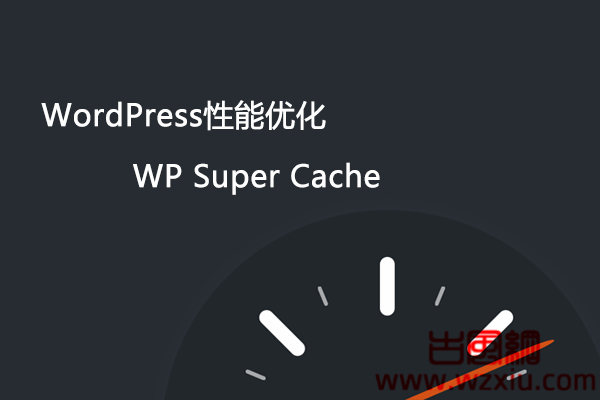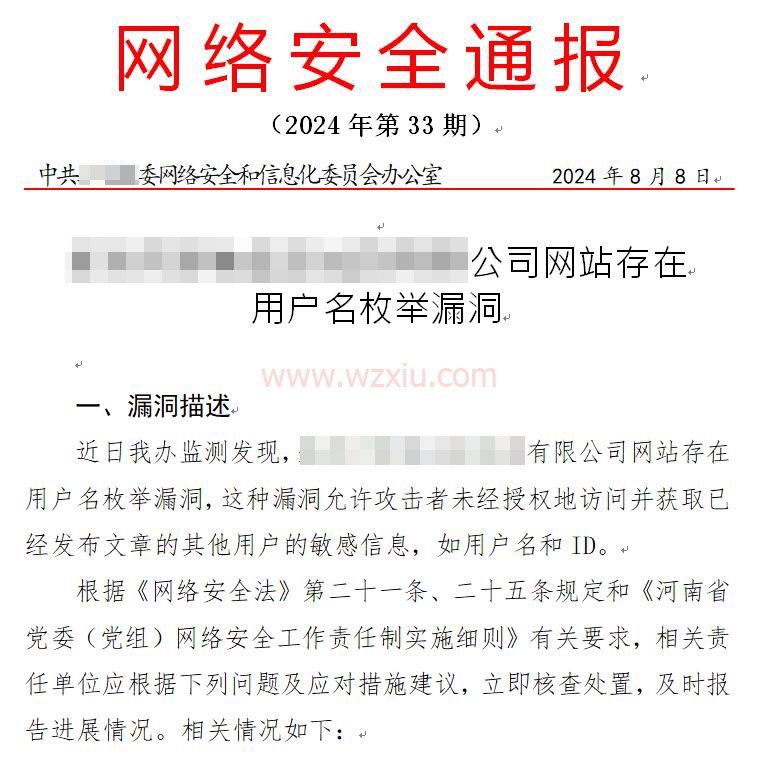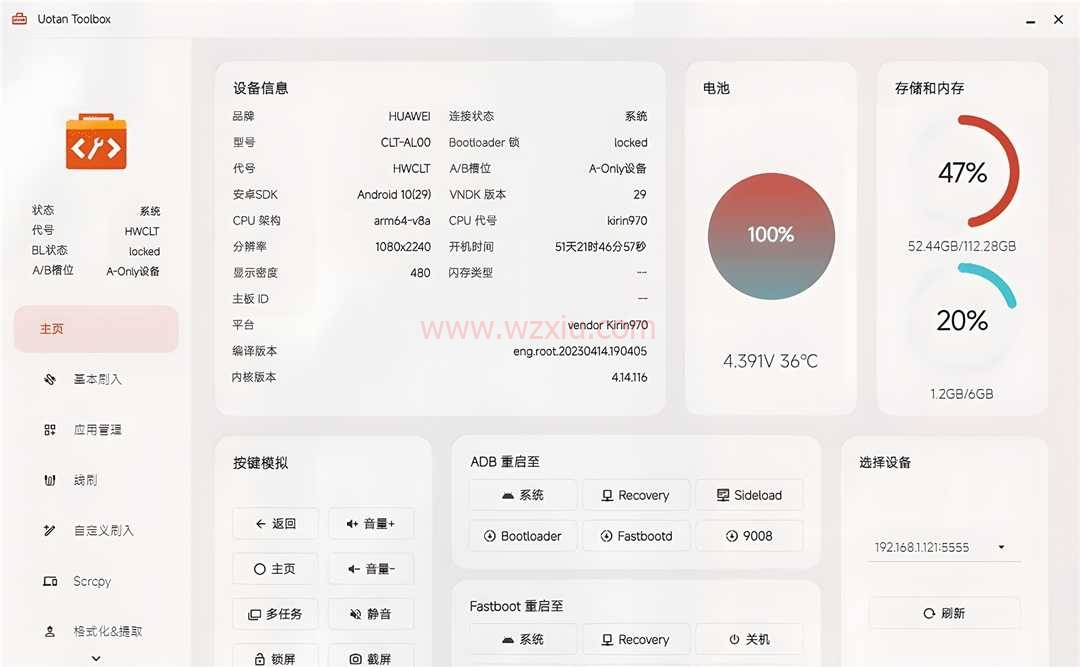关于网站优化,虽然我用了 wp super cache 这个插件,但它毕竟是插件,能用代码解决的事,干嘛非要用插件?所以就在度娘搜到了无插件生成静态缓存文件的方法。下面就是纯代码实现wordpress网站wp super cache缓存加速的教程。
<?php
define('CACHE_ROOT', dirname(__FILE__).'/cache');
define('CACHE_LIFE', 86400); //缓存文件的生命期,单位秒,86400秒是一天
define('CACHE_SUFFIX','.html'); //缓存文件的扩展名,千万别用 .php .asp .jsp .pl 等等
$file_name = md5($_SERVER['REQUEST_URI']).CACHE_SUFFIX; //缓存文件名
$cache_dir = CACHE_ROOT.'/'.substr($file_name,0,2); //缓存目录,根据md5的前两位把缓存文件分散开。避免文件过多。如果有必要,可以用第三四位为名,再加一层目录。
$cache_file = $cache_dir.'/'.$file_name; //缓存文件存放路径
if($_SERVER['REQUEST_METHOD']=='GET') { //GET方式请求才缓存,POST之后一般都希望看到最新的结果
if(file_exists($cache_file) && time() - filemtime($cache_file) < CACHE_LIFE) { //如果缓存文件存在,并且没有过期,就把它读出来。
$fp = fopen($cache_file,'rb');
fpassthru($fp);
fclose($fp);
exit();
}
else if(!file_exists($cache_dir)) {
if(!file_exists(CACHE_ROOT)) {
mkdir(CACHE_ROOT,0777);
chmod(CACHE_ROOT,0777);
}
mkdir($cache_dir,0777);
chmod($cache_dir,0777);
}
function auto_cache($contents) { //回调函数,当程序结束时自动调用此函数
global $cache_file;
$fp = fopen($cache_file,'wb');
fwrite($fp,$contents);
fclose($fp);
chmod($cache_file,0777);
clean_old_cache(); //生成新缓存的同时,自动删除所有的老缓存。以节约空间。
return $contents;
}
function clean_old_cache() {
chdir(CACHE_ROOT);
foreach (glob("*/*".CACHE_SUFFIX) as $file) {
if(time()-filemtime($file)>CACHE_LIFE) {
unlink($file);
}
}
}
ob_start('auto_cache'); //回调函数 auto_cache
}
else {
if(file_exists($cache_file)) { //file_exists() 函数检查文件或目录是否存在。
unlink($cache_file); //不是GET的请求就删除缓存文件。
}
}
?>
将代码保存为 cache.php 文件,然后将其放到网站的根目录下,然后在网站根目录下创建个 cache 文件夹,给予 777 的权限。
最后将下面的代码放到根目录的 index.php 中的 <?php 之后:
require('cache.php');
这样,就会自动的在 cache 文件夹中生成静态文件了,可以配合 CDN 的加速 cache 文件夹,效果将能够有很明显的提速!












